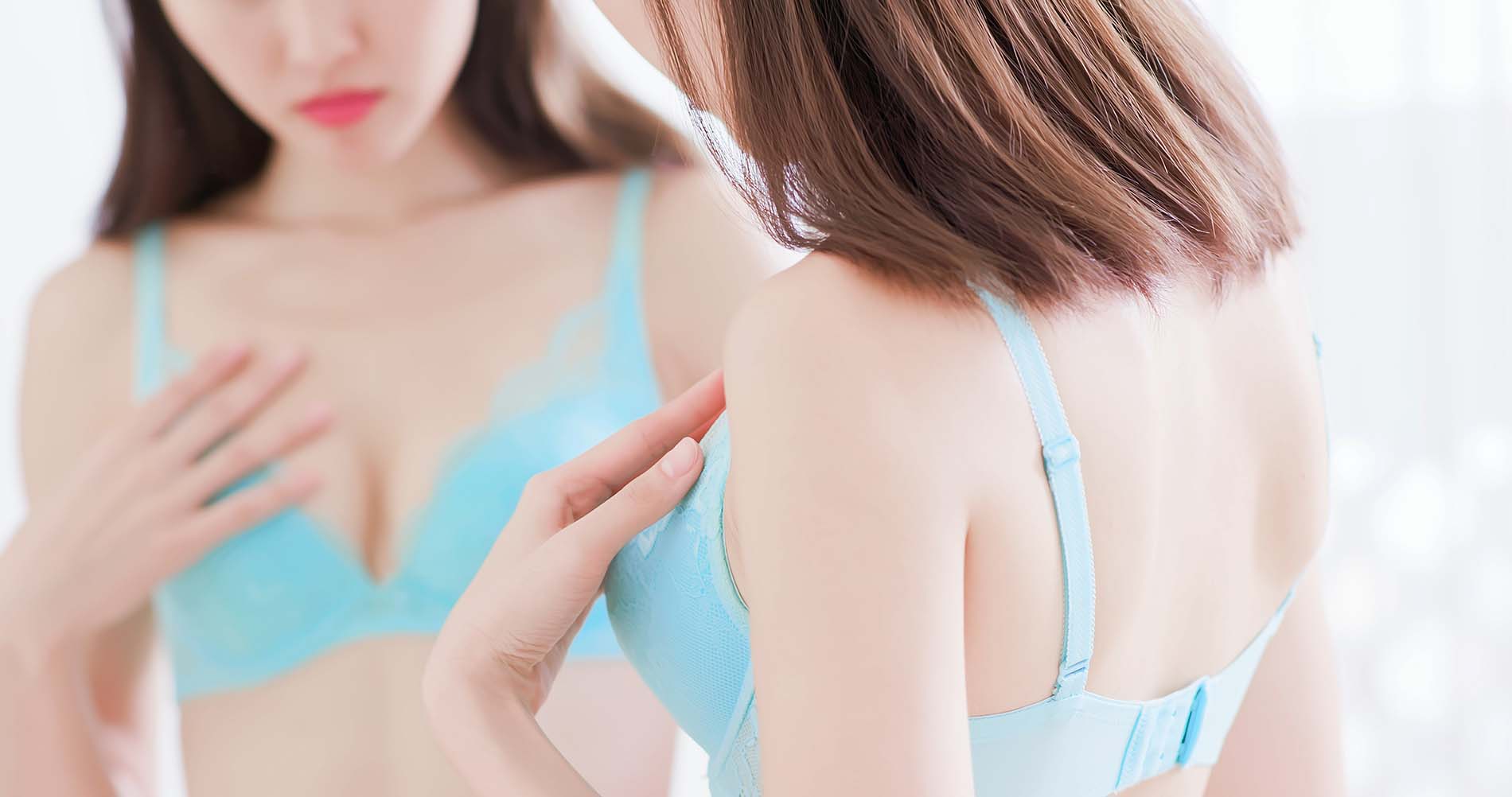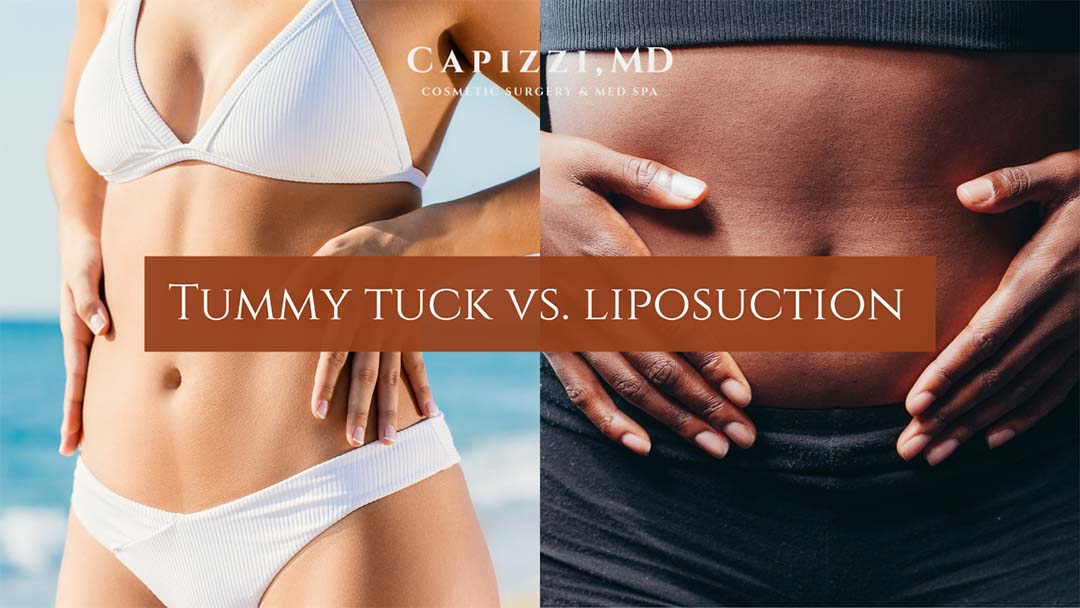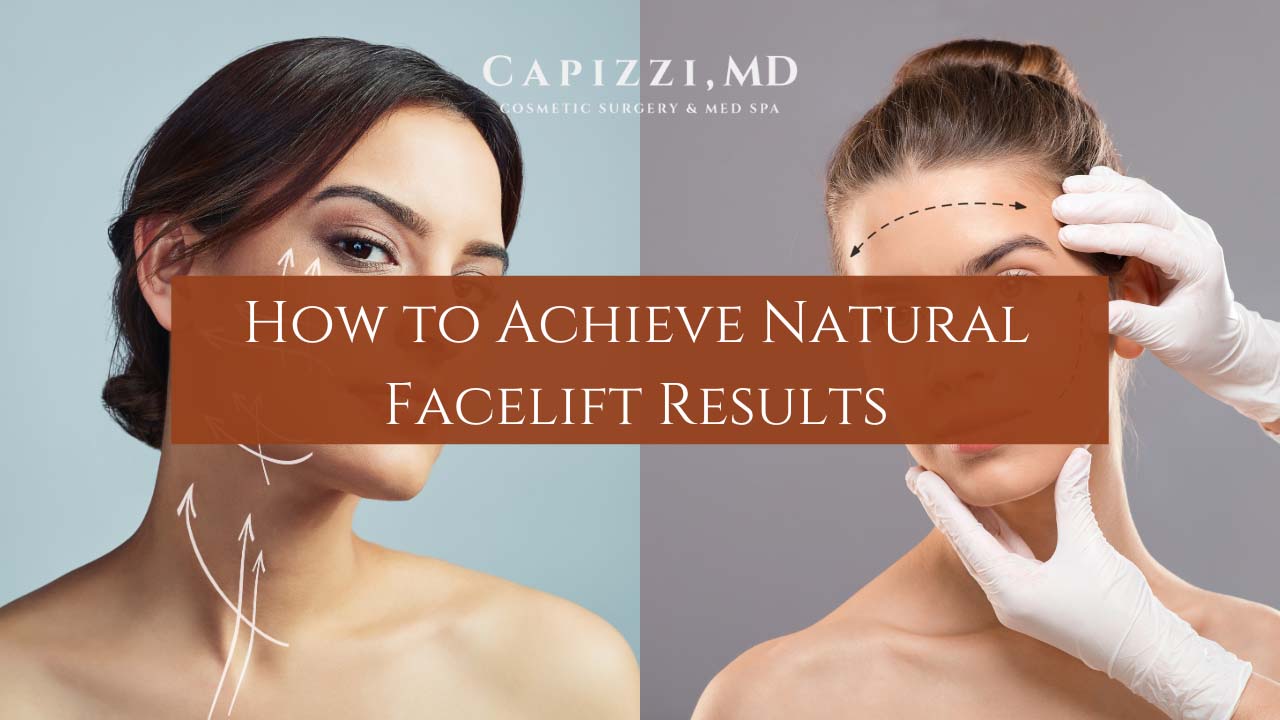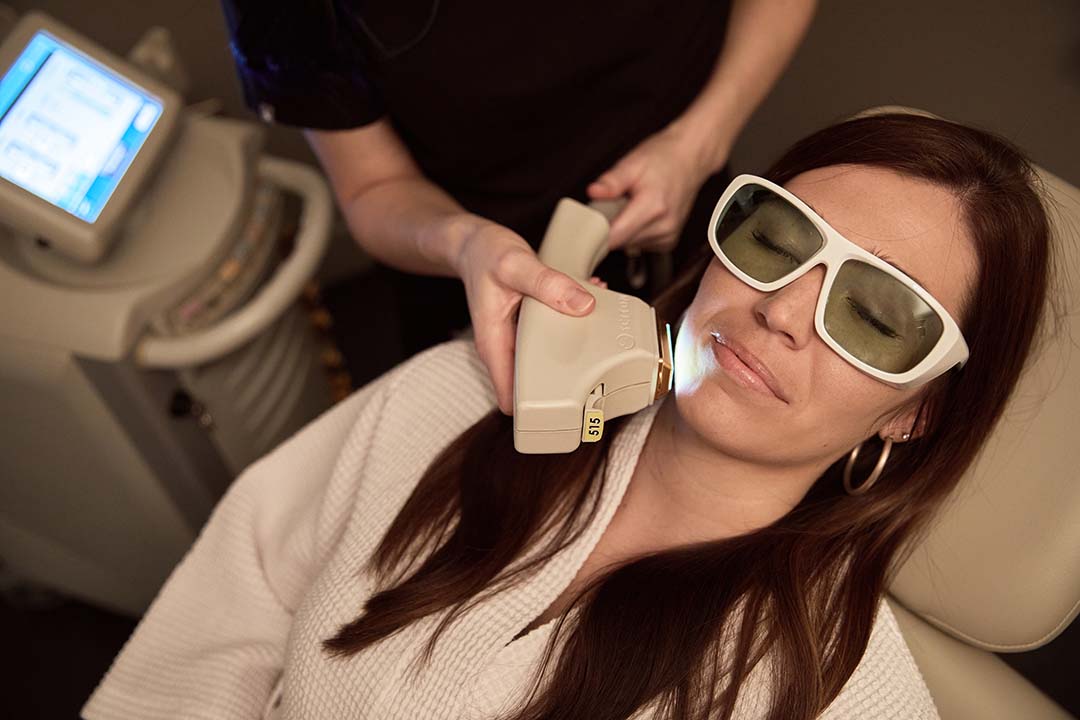Capsular contracture is a condition often mentioned when discussing breast augmentations. A “capsule” refers to the formation of scar tissue around any kind of implant - not breast implants alone. This is a normal part of the healing process. Our bodies react to any foreign object detected and attempt to “isolate” the object by creating …
Capsular contracture is a condition often mentioned when discussing breast augmentations. A “capsule” refers to the formation of scar tissue around any kind of implant – not breast implants alone. This is a normal part of the healing process. Our bodies react to any foreign object detected and attempt to “isolate” the object by creating a barrier of scar tissue around it. For breast implants, this is a good thing! The capsule helps to keep the implant in place. Capsules only present an issue when the scar tissue becomes hard and starts to contract around the implant.
Why does capsular contracture happen?
We all know that every person’s body is different. You’ve heard the saying “beauty comes in all shapes and sizes”, right? It’s a true statement, but our differences aren’t only surface level. Each body is different all the way down to our connective tissues – which means that each individual patient has a unique healing process! Some people develop thick scars after minor injuries. Some women develop stretch marks during their pregnancy, some do not. All immune systems respond in a different way to different stimuli.
Capsular contracture usually occurs during the healing process. 75% of cases occur during the first 2 years after the placement of the implants. This is not to say that the condition can’t occur later, but late-onset capsular contracture is very rare and is generally due to a ruptured implant. Like any other medical condition, capsular contracture ranges in severity.
Levels of Capsular Contracture:
Grade 1 – Asymptomatic: In this grade of capsular contracture, the formation of scar tissue around the implant does not interfere with the size, shape, or texture of breasts. The breasts look natural and remain soft to the touch.
Grade 2 – Minor Cosmetic Symptoms: Here, the breasts appear normal in shape but feel somewhat firm to the touch.
Capsular Contracture: What is it and Why Does it Happen?
Grade 3 – Obvious Cosmetic Symptoms: When capsular contracture has progressed to grade 3, the breasts are firm to the touch and appear abnormal. They may look overly round, hard-looking, or the nipples may be misshapen – but this does not cause much pain (if any).
Grade 4 – Cosmetic and Physical Symptoms: Like grade 3, the breasts appear hard or misshapen. Patients also experience breast soreness, making the breasts tender and painful to the touch.
It’s important to realize this condition is not caused by implants being in any way toxic or dangerous – capsular contracture is not specific to breast implants and can occur after introducing any kind of medical implant (like plates and screws). In the case of breast augmentations though, capsular contracture is a bit more troubling as it can affect the appearance of the breast…which is most likely what the patient was trying to address with surgery in the first place!
Fortunately, capsular contracture is treatable and does not threaten the patient’s health. The possibility of infection is only introduced in the case of a ruptured implant.
How do I prevent capsular contracture?
Advances in cosmetic surgery have made it easier to avoid complications. Surgeons are able to determine ahead of time which patients are at higher risk for complications and choose to use techniques to avoid this. If Dr. Capizzi determines that a patient has weak natural breast tissue that cannot support the weight of implants, he will recommend using an internal mesh bra. This will add support and strengthen the breast tissue over the course of the healing process. Here are some other ways we assist our patients in preventing capsular contracture:
Patient screening: Existing health conditions (like a history of blood clots) might increase the risk of complications. Thorough analysis of patients’ medical history is effective in preventing capsular contracture. In addition, screening after an augmentation is important too! We offer breast implant ultrasounds at Capizzi MD to ensure that our patient’s implants are safe and healthy.
Size of implant: Placing a large implant in a patient with insufficient natural breast tissue increases the risk of capsular contracture. This is why Dr. Capizzi always advises a range of sizes when placing breast implants – usually a size up and a size down from the target size. Visit the link for more information on breast implant sizes.
Placement: Breast implants over or under the pectoralis muscle. Placing the implant under the muscle lowers the risk of capsular contracture to 8-12%. Placement over the muscle has a lifetime risk of 12-18%.
Most often, Dr. Capizzi sees capsular contracture in patients seeking a breast implant exchange. If you have questions about your implants, contact our office by phone or form to schedule your consultation! Dr. Capizzi and our surgical team would be happy to talk with you about your options.













